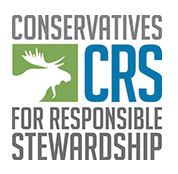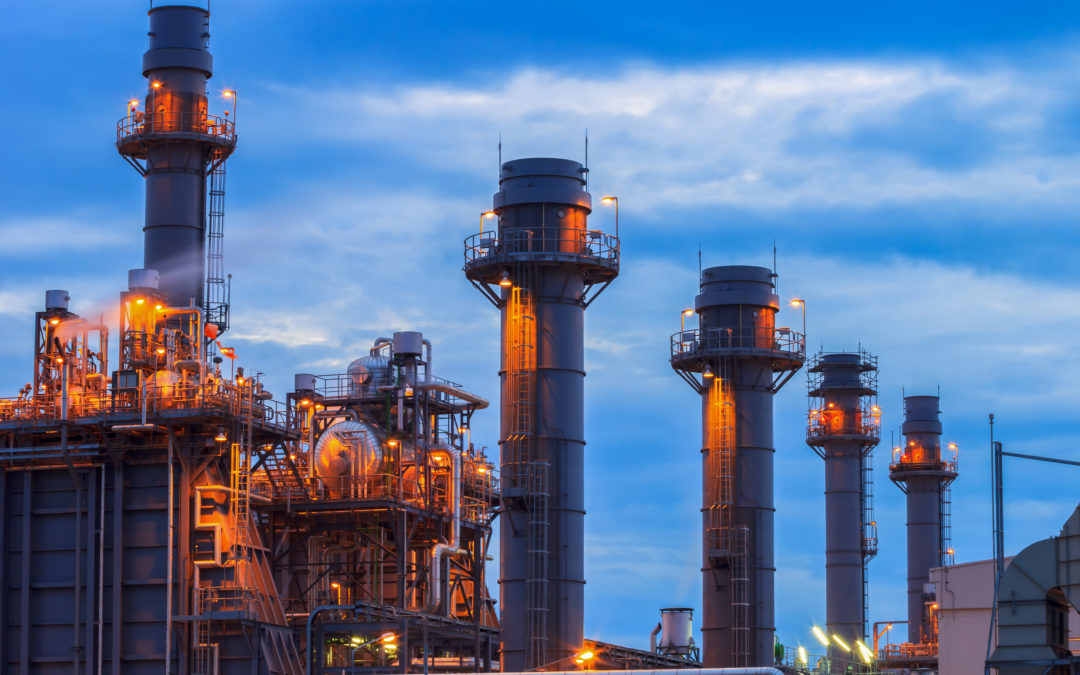 With economy-wide inflation still plaguing us and stretching paychecks thin, we should be paying extra close attention to energy prices. The cost of energy affects the price of almost everything. In the transportation sector, high fuel prices increase the costs of getting products to market or directly to your home. High electric and natural gas bills contribute to inflation not only by raising the cost of doing business, but also by directly increasing the cost of powering your home. In both cases, the higher prices can be attributed largely to the fact that fossil fuels are global commodities with their price set by international markets. That means that events virtually anywhere in the world can increase our energy costs here in the United States. The recent spike in these energy costs are tied directly to Russia’s invasion of Ukraine. Sanctions on Russian energy in response to the invasion—and retaliatory measures by Russia—have tightened oil supplies and greatly increased Europe’s demand for U.S. natural gas. Russia is a major energy producer, and over the years, Europe became heavily dependent on Russia for its oil and natural gas supplies. Europe has finally woken up to the strategic vulnerability posed by being over reliant on Russian energy, and is now turning to the U.S., the world’s leading producer of natural gas (Russia is second) to help wean itself off of Russian natural gas. That has dramatically changed the natural gas market here. For a long time we had to use all of the gas we produce domestically because there was no way to ship it overseas, which kept our natural gas prices...
With economy-wide inflation still plaguing us and stretching paychecks thin, we should be paying extra close attention to energy prices. The cost of energy affects the price of almost everything. In the transportation sector, high fuel prices increase the costs of getting products to market or directly to your home. High electric and natural gas bills contribute to inflation not only by raising the cost of doing business, but also by directly increasing the cost of powering your home. In both cases, the higher prices can be attributed largely to the fact that fossil fuels are global commodities with their price set by international markets. That means that events virtually anywhere in the world can increase our energy costs here in the United States. The recent spike in these energy costs are tied directly to Russia’s invasion of Ukraine. Sanctions on Russian energy in response to the invasion—and retaliatory measures by Russia—have tightened oil supplies and greatly increased Europe’s demand for U.S. natural gas. Russia is a major energy producer, and over the years, Europe became heavily dependent on Russia for its oil and natural gas supplies. Europe has finally woken up to the strategic vulnerability posed by being over reliant on Russian energy, and is now turning to the U.S., the world’s leading producer of natural gas (Russia is second) to help wean itself off of Russian natural gas. That has dramatically changed the natural gas market here. For a long time we had to use all of the gas we produce domestically because there was no way to ship it overseas, which kept our natural gas prices...
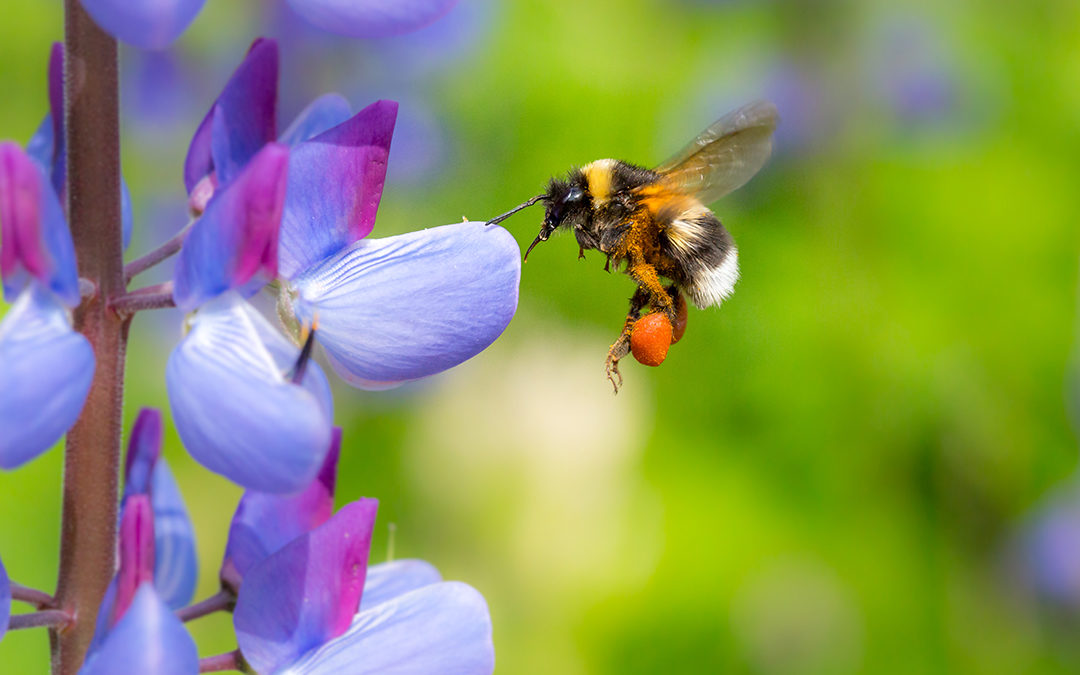 People often do not realize just how much of the food we eat only exists because of insect pollinators, especially bees. Bees are in fact essential in the production of at least a third of our food. This includes most of the fruits, nuts, vegetables, and seeds that are essential to our diets. That is why the fact that the American Bumblebee has completely vanished from eight states (Maine, Rhode Island, New Hampshire, Vermont, Idaho, North Dakota, Wyoming, and Oregon) should be a huge wake-up call for all of us. And this problem is not just limited to those states. In just the past two decades, the bumblebee population across the U.S. has declined by nearly 90 percent. A similar decline is happening with honeybees. Beekeepers across the country reported losing more than 45 percent of their managed honeybee colonies from April 2020 to April 2021. Pollinators directly contribute a whopping $24 billion to the U.S. economy. That number nearly doubles when you add in their indirect contribution to other agricultural products like milk and beef. Globally, 75 percent of the top 115 food crops depend on pollinators. In the Bible verse (Matthew 25) where Jesus talks about our duty to care for “the least of these,” meaning the less fortunate, His words seems equally applicable regarding our obligation to protect pollinators. Without these tiny pollinators, many will suffer. Crop scarcity not only leads to famine in parts of the world, it also will cause food shortages and prices to skyrocket here at home. Why is this happening? There are several reasons. Habitat loss and a changing climate play...
People often do not realize just how much of the food we eat only exists because of insect pollinators, especially bees. Bees are in fact essential in the production of at least a third of our food. This includes most of the fruits, nuts, vegetables, and seeds that are essential to our diets. That is why the fact that the American Bumblebee has completely vanished from eight states (Maine, Rhode Island, New Hampshire, Vermont, Idaho, North Dakota, Wyoming, and Oregon) should be a huge wake-up call for all of us. And this problem is not just limited to those states. In just the past two decades, the bumblebee population across the U.S. has declined by nearly 90 percent. A similar decline is happening with honeybees. Beekeepers across the country reported losing more than 45 percent of their managed honeybee colonies from April 2020 to April 2021. Pollinators directly contribute a whopping $24 billion to the U.S. economy. That number nearly doubles when you add in their indirect contribution to other agricultural products like milk and beef. Globally, 75 percent of the top 115 food crops depend on pollinators. In the Bible verse (Matthew 25) where Jesus talks about our duty to care for “the least of these,” meaning the less fortunate, His words seems equally applicable regarding our obligation to protect pollinators. Without these tiny pollinators, many will suffer. Crop scarcity not only leads to famine in parts of the world, it also will cause food shortages and prices to skyrocket here at home. Why is this happening? There are several reasons. Habitat loss and a changing climate play...
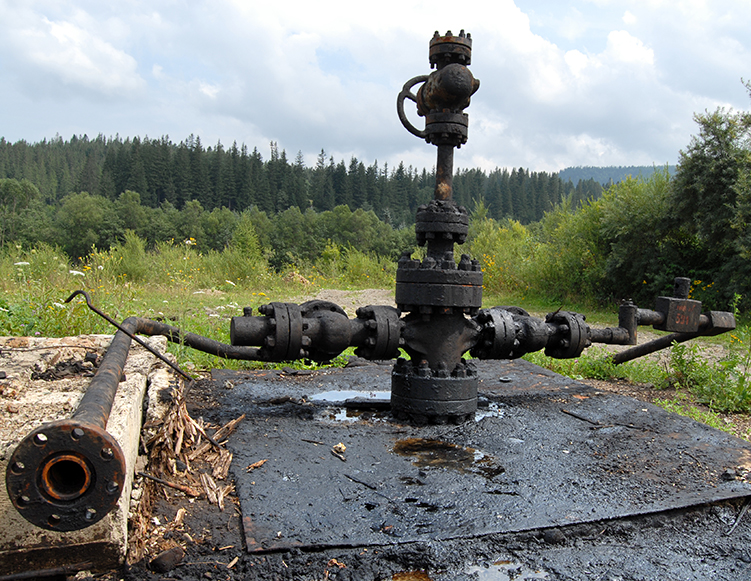 Prior to drilling on public land, oil and gas companies must agree to completely clean up, plug, and fully restore drilling sites once they finish with them. Essentially, they must promise to clean up their mess as a condition of the drilling privilege. Unfortunately for us taxpayers, it is a promise that these companies break with increasing frequency. A common practice is for a company to declare bankruptcy and go out of business under the name it is operating under, then start back up as a new entity under a different name, thus shedding all of the financial obligations associated with its former identity. Anytime this happens—or these companies find some other way to skirt their clean-up responsibility—in results in “abandoned” or “orphaned” wells and the clean-up burden shifts to the American taxpayer. The oil and gas companies get all the profit, and leave you and me stuck with the bill. How big is that bill? A new report by CRS projects that we could be on the hook for as much as $13.7 billion for the 96,000 “producible and service” oil and gas wells currently on our federal public lands. And that does not even include the more than 3.2 million wells that the Environmental Protection Agency (EPA) estimates have already been abandoned across our nation. This shirking of responsibility by the oil and gas industry is a chronic problem. The solution, however, is quite simple. Require companies to post reclamation bonds in amounts that are adequate to cover the actual clean-up cost if they break their promise—as is supposedly required by law. That law, 30 U.S.C. §...
Prior to drilling on public land, oil and gas companies must agree to completely clean up, plug, and fully restore drilling sites once they finish with them. Essentially, they must promise to clean up their mess as a condition of the drilling privilege. Unfortunately for us taxpayers, it is a promise that these companies break with increasing frequency. A common practice is for a company to declare bankruptcy and go out of business under the name it is operating under, then start back up as a new entity under a different name, thus shedding all of the financial obligations associated with its former identity. Anytime this happens—or these companies find some other way to skirt their clean-up responsibility—in results in “abandoned” or “orphaned” wells and the clean-up burden shifts to the American taxpayer. The oil and gas companies get all the profit, and leave you and me stuck with the bill. How big is that bill? A new report by CRS projects that we could be on the hook for as much as $13.7 billion for the 96,000 “producible and service” oil and gas wells currently on our federal public lands. And that does not even include the more than 3.2 million wells that the Environmental Protection Agency (EPA) estimates have already been abandoned across our nation. This shirking of responsibility by the oil and gas industry is a chronic problem. The solution, however, is quite simple. Require companies to post reclamation bonds in amounts that are adequate to cover the actual clean-up cost if they break their promise—as is supposedly required by law. That law, 30 U.S.C. §...
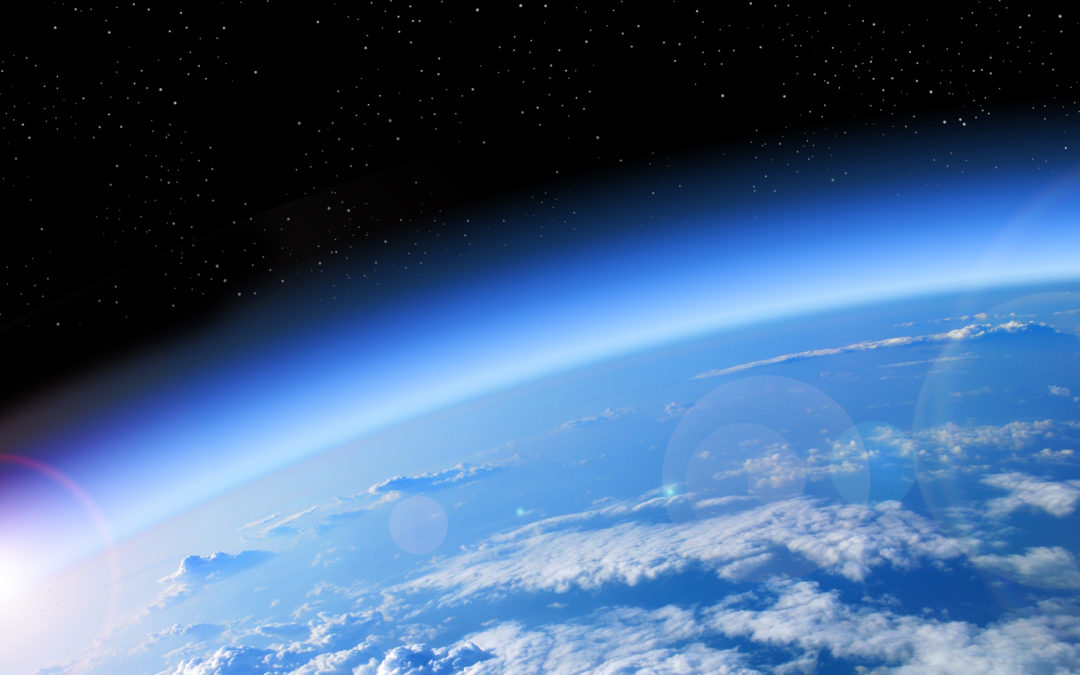 Way back in 1987, President Ronald Reagan pushed through an international treaty to phase out the use of chlorofluorocarbons (CFCs), chemicals that scientists suspected of eroding the earth’s protective ozone layer. That treaty, called the Montreal Protocol, has been the most successful environmental treaty in history. In fact, because of Reagan’s leadership, the ozone hole over Antarctica is healing. According to NASA, the hole should completely vanish in about 50 years. Today, however, we now know that the chemicals developed to replace CFC-based refrigerants, hydrofluorocarbons (HFCs) harm the atmosphere in a different way. They are extremely potent greenhouse gases. The most commonly used HFC is 3,790 times more potent than carbon dioxide. Back in December (2020), a funding bill passed by Congress included a bipartisan climate agreement to phase-down production and consumption of HFC super-pollutants. That legislation, which authorizes the Environmental Protection Agency (EPA) to slash HFC emissions, passed and was signed into law by then President Trump. Now the Biden administration is following through on that. Its new EPA rule seeks to decrease U.S. production and use of HFCs by 85% over the next 15 years. That is real progress, but HFCs and our warming climate are global problems, not simply something we can solve alone. Other countries must follow our lead—and that is where Reagan’s Montreal Protocol comes back into play. Kigali Amendment In 2016, the United States and other protocol signatories drafted and approved the Kigali Amendment. The Kigali Amendment is a global pact under the Montreal Protocol that focuses on the phase out of climate warming HFCs. The United States signed the amendment in 2016...
Way back in 1987, President Ronald Reagan pushed through an international treaty to phase out the use of chlorofluorocarbons (CFCs), chemicals that scientists suspected of eroding the earth’s protective ozone layer. That treaty, called the Montreal Protocol, has been the most successful environmental treaty in history. In fact, because of Reagan’s leadership, the ozone hole over Antarctica is healing. According to NASA, the hole should completely vanish in about 50 years. Today, however, we now know that the chemicals developed to replace CFC-based refrigerants, hydrofluorocarbons (HFCs) harm the atmosphere in a different way. They are extremely potent greenhouse gases. The most commonly used HFC is 3,790 times more potent than carbon dioxide. Back in December (2020), a funding bill passed by Congress included a bipartisan climate agreement to phase-down production and consumption of HFC super-pollutants. That legislation, which authorizes the Environmental Protection Agency (EPA) to slash HFC emissions, passed and was signed into law by then President Trump. Now the Biden administration is following through on that. Its new EPA rule seeks to decrease U.S. production and use of HFCs by 85% over the next 15 years. That is real progress, but HFCs and our warming climate are global problems, not simply something we can solve alone. Other countries must follow our lead—and that is where Reagan’s Montreal Protocol comes back into play. Kigali Amendment In 2016, the United States and other protocol signatories drafted and approved the Kigali Amendment. The Kigali Amendment is a global pact under the Montreal Protocol that focuses on the phase out of climate warming HFCs. The United States signed the amendment in 2016...
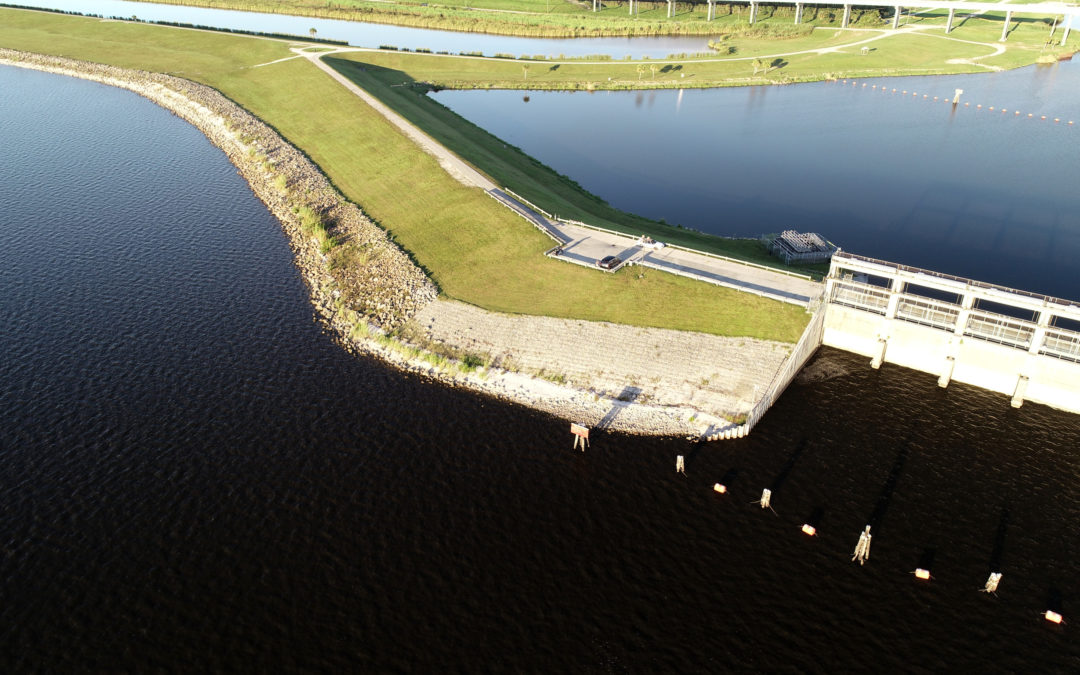 Most people probably imagine the surrounding ocean when they think of Florida’s great water assets. Lake Okeechobee, though, is the third largest freshwater lake in the nation. To say this lake is massive is an understatement. The lake itself has a 135-mile shoreline, a surface area of 730 square miles, and contains several islands. Lake Okeechobee—surrounded by towns like Belle Glade, Okeechobee, Pahokee, and South Bay—is a hub for tourism and attracts many outdoor and boating aficionados. The lake itself is an excellent fishery with some of the best bass fishing in in the world. Whether you live in Florida or just come for a visit, Lake Okeechobee has a lot to offer. For South Florida, Lake Okeechobee is a vital economic and ecological resource. It brings in huge amounts of revenue to the region while providing critical habitat for birds, fish, and many other wild creatures. The lake also plays a key role in flood control and the water supply of South Florida. It is an essential water source for nearby farms, residents, businesses, and wildlife. Florida may be nicknamed the “Sunshine State”, but the state also gets its share of storm events that bring heavy rain. Whether this comes from typically afternoon thunderstorms or tropical storms and hurricanes, flooding is an issue that many Florida cities face yearly. The ability of Lake Okeechobee and its surrounding wetlands to collect and hold water provides essential flood protection for the area. Recent years have shown a decline in the overall health of the lake. Florida Department of Environmental Protection (DEP) has classified Lake Okeechobee as a Class I drinking...
Most people probably imagine the surrounding ocean when they think of Florida’s great water assets. Lake Okeechobee, though, is the third largest freshwater lake in the nation. To say this lake is massive is an understatement. The lake itself has a 135-mile shoreline, a surface area of 730 square miles, and contains several islands. Lake Okeechobee—surrounded by towns like Belle Glade, Okeechobee, Pahokee, and South Bay—is a hub for tourism and attracts many outdoor and boating aficionados. The lake itself is an excellent fishery with some of the best bass fishing in in the world. Whether you live in Florida or just come for a visit, Lake Okeechobee has a lot to offer. For South Florida, Lake Okeechobee is a vital economic and ecological resource. It brings in huge amounts of revenue to the region while providing critical habitat for birds, fish, and many other wild creatures. The lake also plays a key role in flood control and the water supply of South Florida. It is an essential water source for nearby farms, residents, businesses, and wildlife. Florida may be nicknamed the “Sunshine State”, but the state also gets its share of storm events that bring heavy rain. Whether this comes from typically afternoon thunderstorms or tropical storms and hurricanes, flooding is an issue that many Florida cities face yearly. The ability of Lake Okeechobee and its surrounding wetlands to collect and hold water provides essential flood protection for the area. Recent years have shown a decline in the overall health of the lake. Florida Department of Environmental Protection (DEP) has classified Lake Okeechobee as a Class I drinking...







